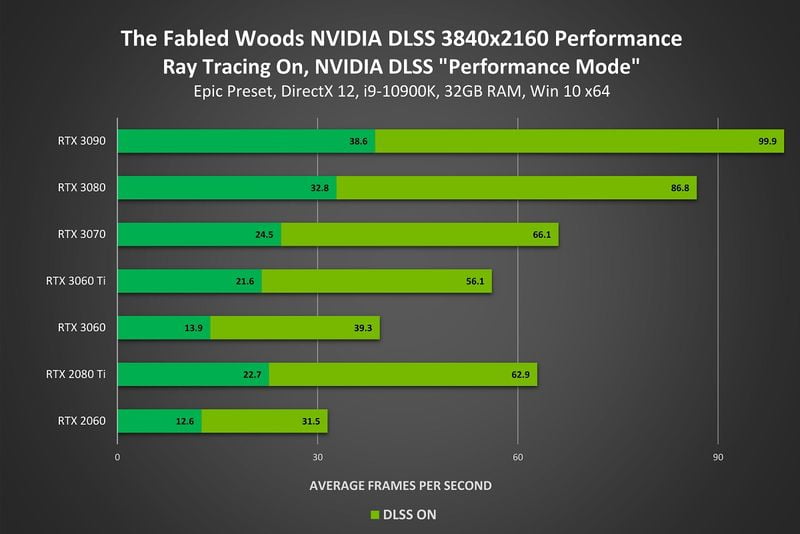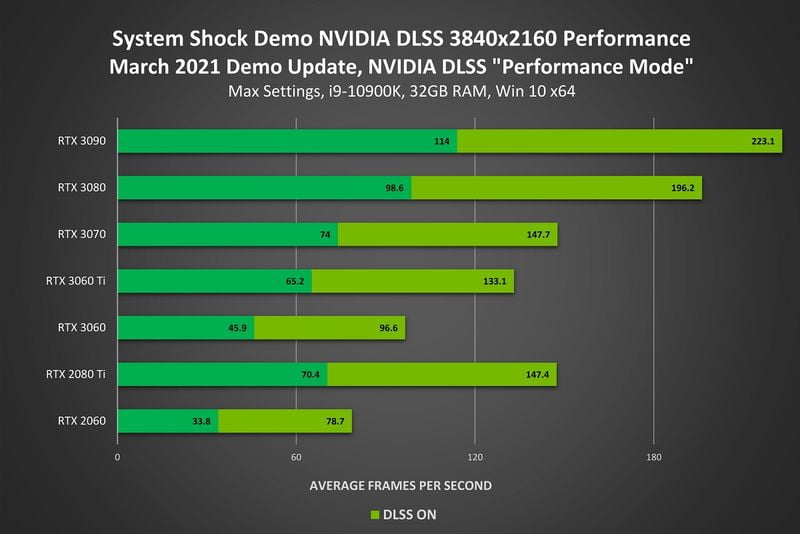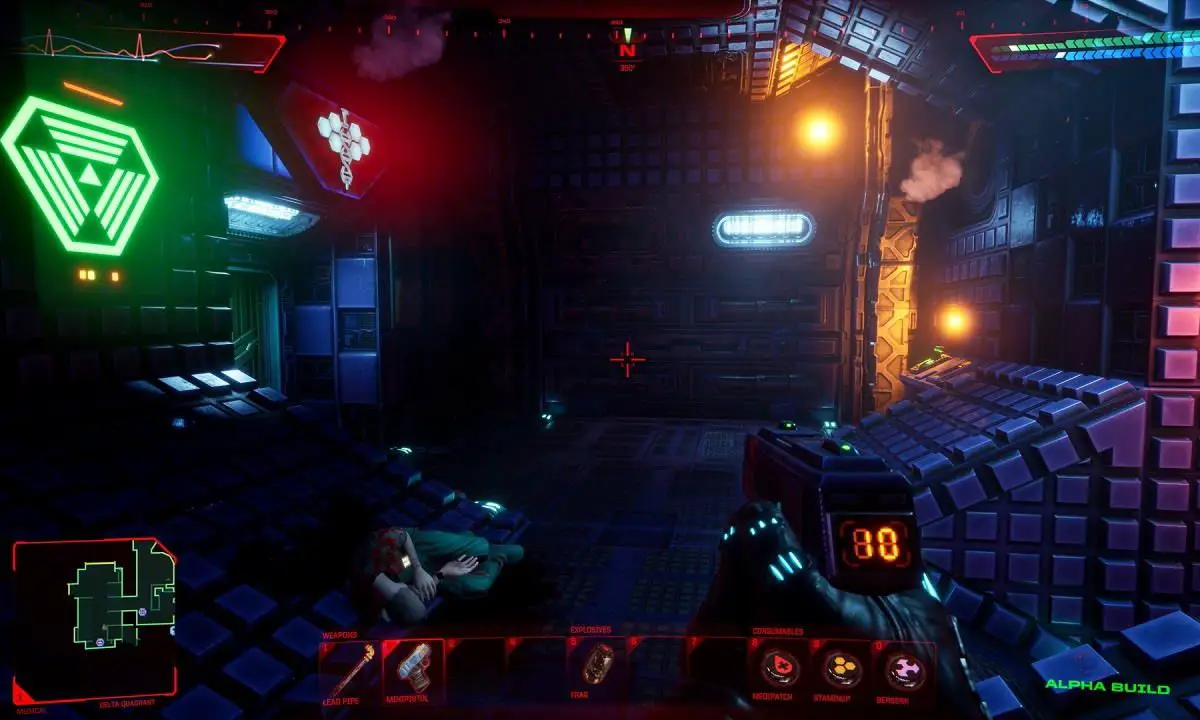NVIDIA DLSS 2.0 technology has undoubtedly been one of the most important and exciting new features to hit the gaming industry in recent years. When NVIDIA introduced the GeForce RTX 20-series, ray tracing generated huge buzz and took center stage, while DLSS technology (unfairly) took a back seat.
NVIDIA DLSS 2.0 achieves a threefold performance boost
Indeed, the first implementation of DLSS was not good, but this did not change the fact that it was a very interesting idea and, if well applied, could completely “break” the industry. With the arrival of DLSS 2.0 technology, and its excellent implementation in games like Death Stranding, we finally saw what DLSS 2.0 could do, and its subsequent integrations have kept the bar very high.
As our regular readers will know, DLSS 2.0 is not simple rescaling. It is a technology that renders at a lower resolution than the native resolution and combines several images to reconstruct an image with the same or even higher quality than if it had been rendered at the native resolution. To carry out that process, artificial intelligence algorithms are used to choose and combine only the best images, a workload that is carried out on the tensor cores, available on the RTX 20-series and RTX 30-series.
DLSS 2.0 can adopt different configurations that significantly affect performance:
- Quality mode: The resolution taken as a base is 66% of the native resolution. It achieves the best possible result, and in many cases exceeds the native resolution.
- Balanced mode: It is a mode that starts from 57% of the total pixels of the native resolution. It maintains practically the same level of quality that we would have working with native resolution.
- Performance mode: This mode starts at 50% of the base resolution. It is a good option when we move in 4K resolution, as it manages to maintain a good level of quality, and greatly improves performance.
DLSS 2.0 arrives in three new games and achieves an incredible improvement
We think the attached graphics speak for themselves. NVIDIA has confirmed that this technology has made its way into three new games, and has shown a series of performance tests with different graphics cards that demonstrate that this intelligent image reconstruction technique can triple the frame rate per second.

In The Fabled Woods, configured with ray tracing, maximum quality, and 4K resolution, only the RTX 3080 and 3090 can deliver a rate of over 30 FPS. However, when DLSS 2.0 is enabled in performance mode, all graphics cards in the benchmark reach playable levels, with the RTX 3060 tripling its average FPS.

The improvement is also huge in the System Shock demo, where we can see that when DLSS 2.0 is activated, with the game set to maximum and in 4K resolution, all the graphics cards in the comparison move at fully optimal average FPS levels. Even the modest RTX 2060 goes from 33.8 FPS to an impressive 78.7 FPS.
DLSS 2.0 is a great value technology that right now justifies, by itself, the purchase of an RTX 20 series or RTX 30 series graphics card “with eyes closed”. Indeed, the integration of this technology is still somewhat limited, but at the time of writing this article, it can already be enjoyed in 40 games, a very important fact that confirms that NVIDIA and the developers are very serious about DLSS 2.0.
This technology has also arrived in Crysis Remastered. It makes a noticeable difference, but it doesn’t completely alleviate some huge drops that occur for no reason in specific areas and when making certain transitions. This has an explanation, and that is that such crashes may be due to internal problems of the game itself, i.e., poor optimization.





